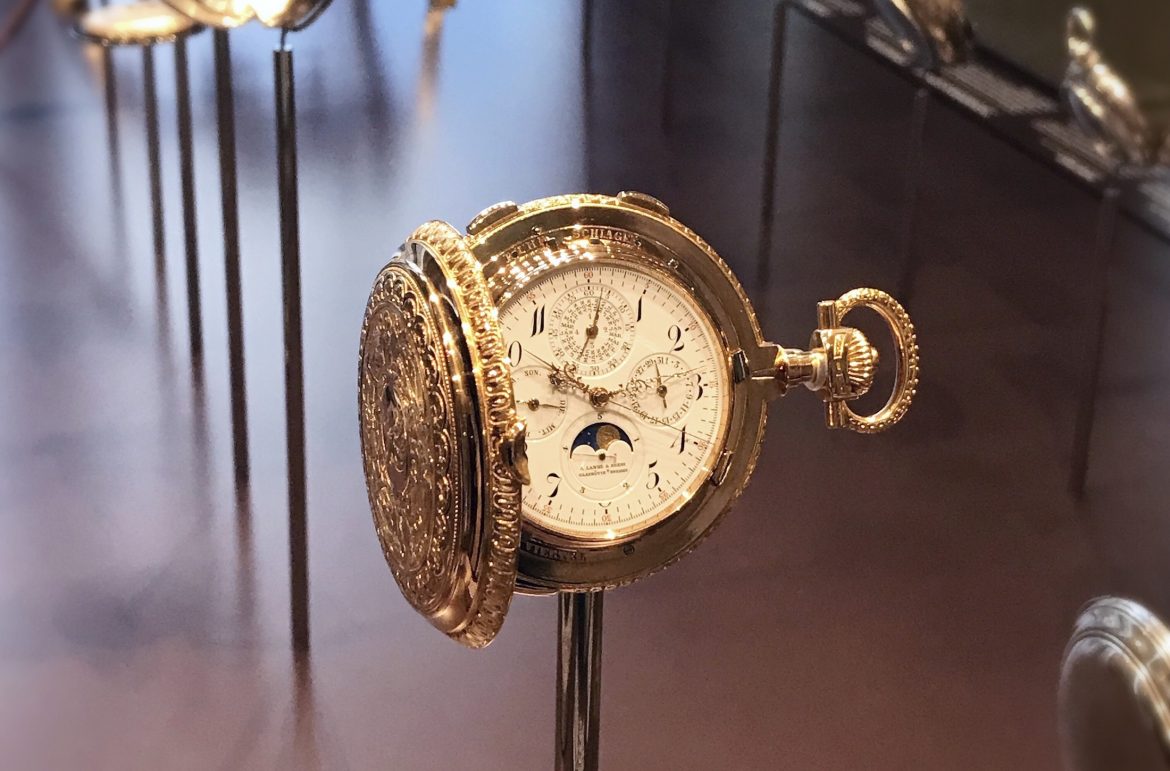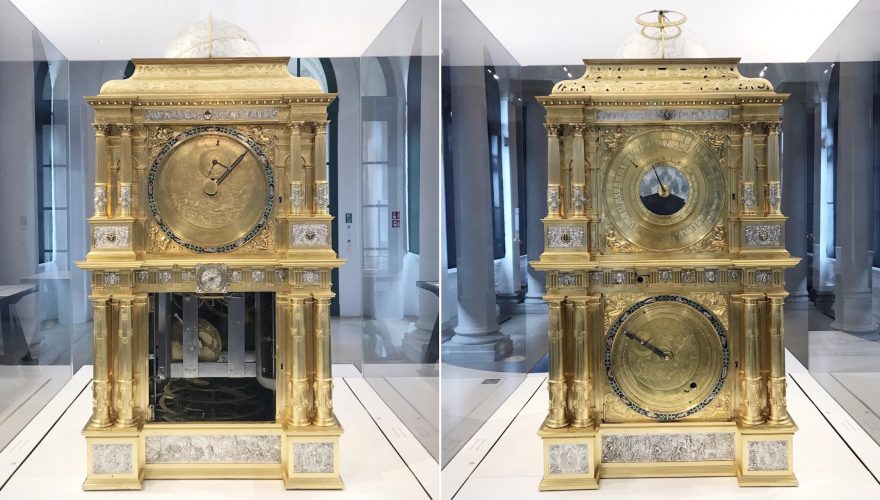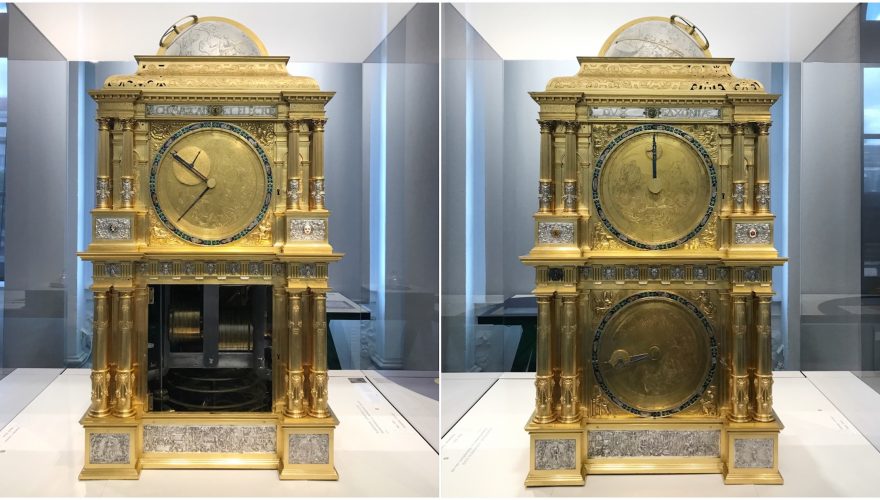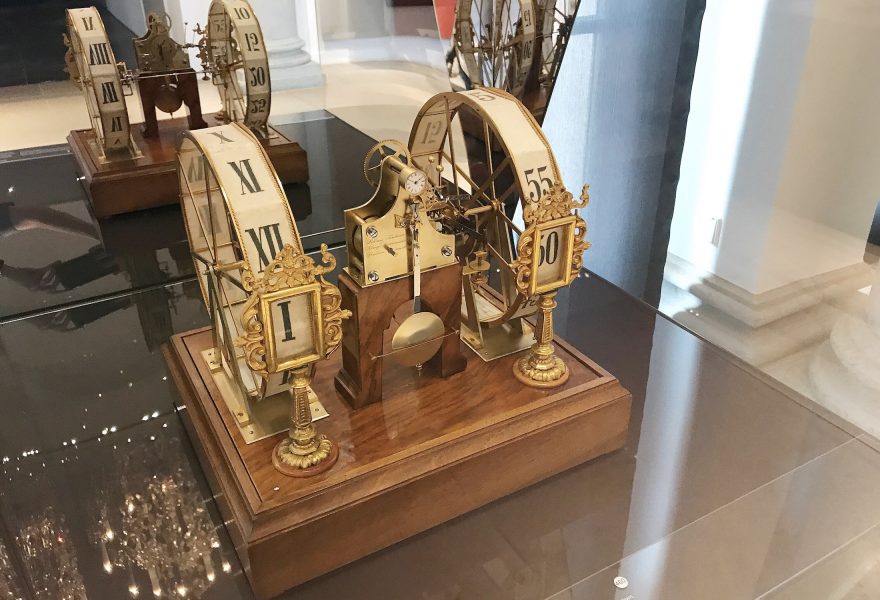True to the vision of Ferdinand A. Lange, the once secluded town of Glashütte in 1845 is now the heart of precision watchmaking in Saxony.
With a population of just over half a million, Dresden is the second largest city in Saxony, Germany. An economic and cultural city first famous for their porcelain making in the 1700s; and then natural sciences, arts and watchmaking in the 1800s; was massively destroyed during the firebombing 1945 during World War II and rebuilt to its splendour again in the 1990s.
The iconic Frauenkirche, Dresden Church of Our Lady, restored and reopened in 2005, stands proudly in Neumarkt Square.
Just opposite the square, the baroque-style Kreuzkirche, Protestant Church of the Holy Cross, home to the Kreuzchor (Cross Choir boys) for 800 years, stands out brilliantly with its shiny golden interpretation of Hercules.
Within walking distance, and housed within the expansive grounds of the Zwinger (built by the Frederick Augustus II over 10 years for his son’s extravagant 6-week-long wedding with 800 guests) is the famed Mathematisch-Physikalischer Salon (Royal Cabinet of Mathematical and Physical Instruments), a museum of historic clocks and scientific instruments.
Here the display of:
- terrestrial and celestial globes;
- astronomical, optical and geodetic devices dating back to the 16th century;
- historic instruments for calculating and drawing length, mass, temperature and air pressure
offer valuable insights to some of the best mathematical and scientific innovations in the world.
Amongst this collection include creations by fore-father of mathematics Christoph Schissler (1531-1608), a German expert in navigational and scientific measurement instruments.
Another exhibit – one the world’s most amazing human feats in the 16th century – would be the World Astronomical Clock created by Eberhard Baldewein 1563-1568, Dresden, Saxony. Part of this clock had been opened to showcase the internal construction of its wonderful and intricate wheels and gears.
During his reign of Saxony in the 18th century, Augustus the Strong’s passion and zeal in science, astronomy, and art collection fuelled interest and demand for precise time measurement, and well-placed Saxony as a centre for precision watch making, with Ferdinand A. Lange as one of its early innovators in the 19th century.
Ferdinand A. Lange trained with Johann Christian Friedrich Gutkaes (then would be future Court Clockmaker and his father-in-law), and created the five-minute clock for the Dresden Semper Opera with his mentor in 1841.
A magnificent scale model (built by Ludwig Teubner in 1896) of the five-minute Dresden Semper Opera clock is on display at the Mathematisch-Physikalischer Salon, along with the first Lange precision pendulum wall clock introduced in 1845 by Gutkaes and Lange.
Ferdinand A. Lange would then establish his pocket watch manufactory in Glashütte in 1845. True to his vision, the once secluded town in the ore mountains is now the heart of precision watchmaking in Saxony. The legendary Grande Complication 42500 is testament to his mastery and the fine watchmaking standards of his manufactory. Made in 1902, this most complicated pocket watch by Lange comprise a perpetual calendar, a split-seconds chronograph and a minute repeater (it also has grande and petite sonneries).
This 833-parts pocket watch was fully restored by A. Lange & Söhne, and is exhibited at the Mathematisch-Physikalischer Salon.
All images courtesy of Dr Kenny Pang.
Related link:








